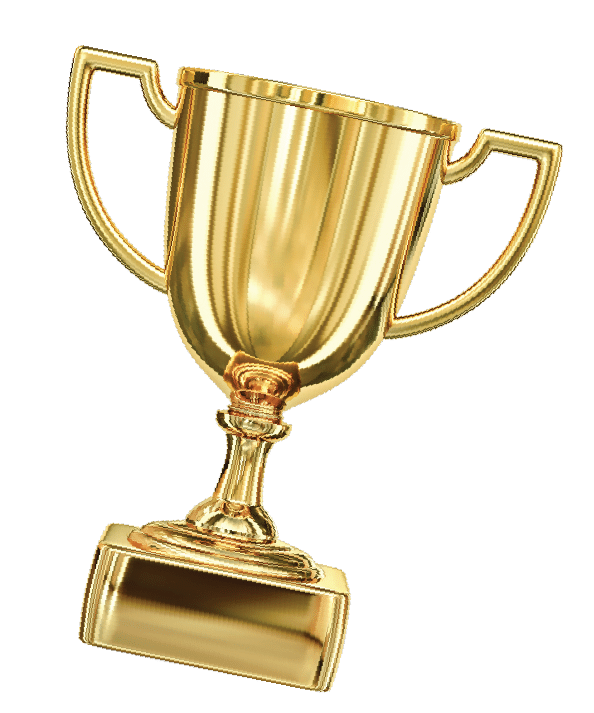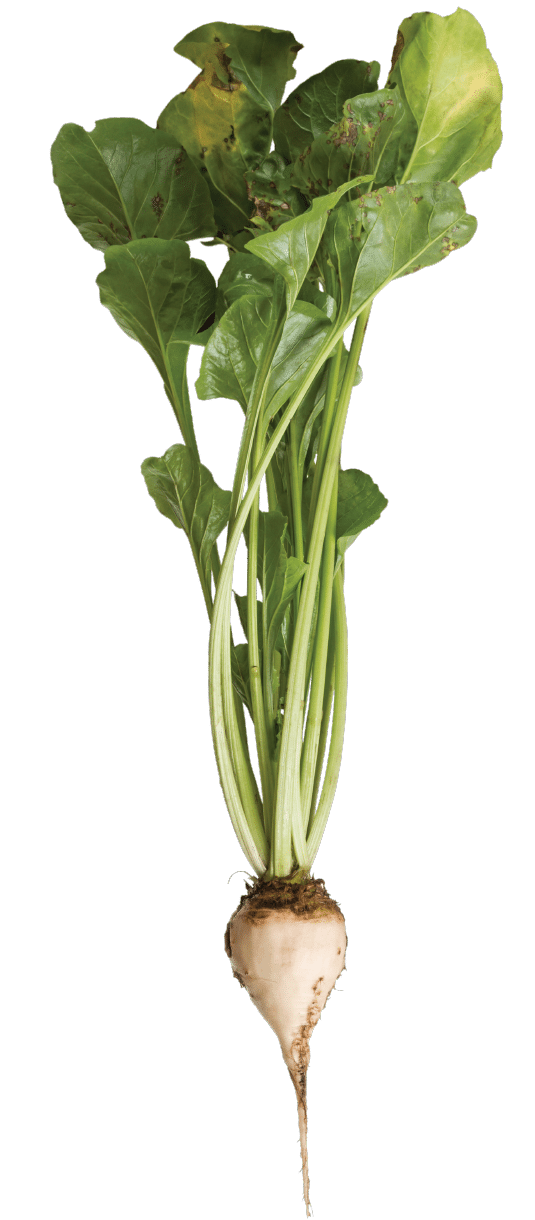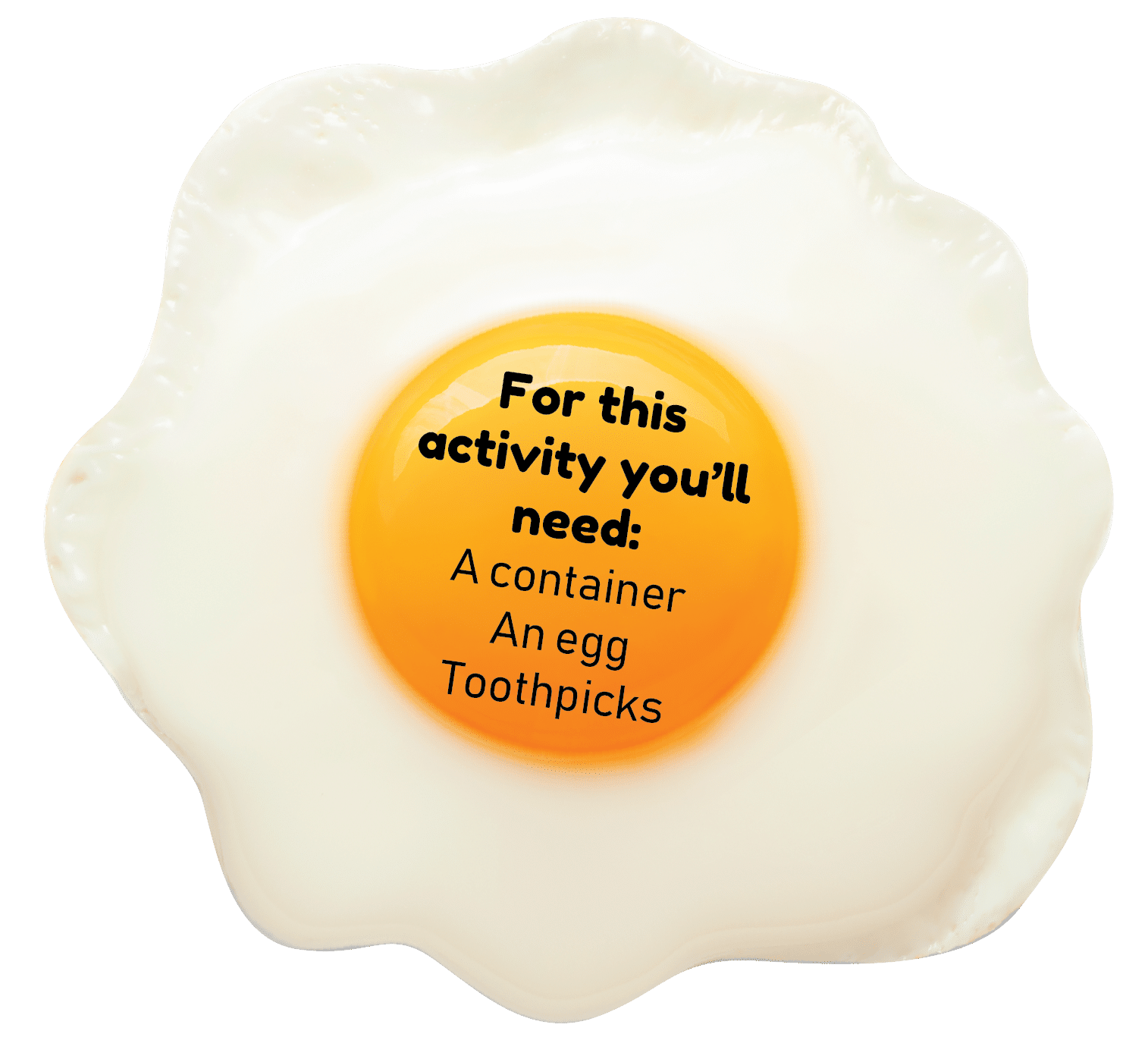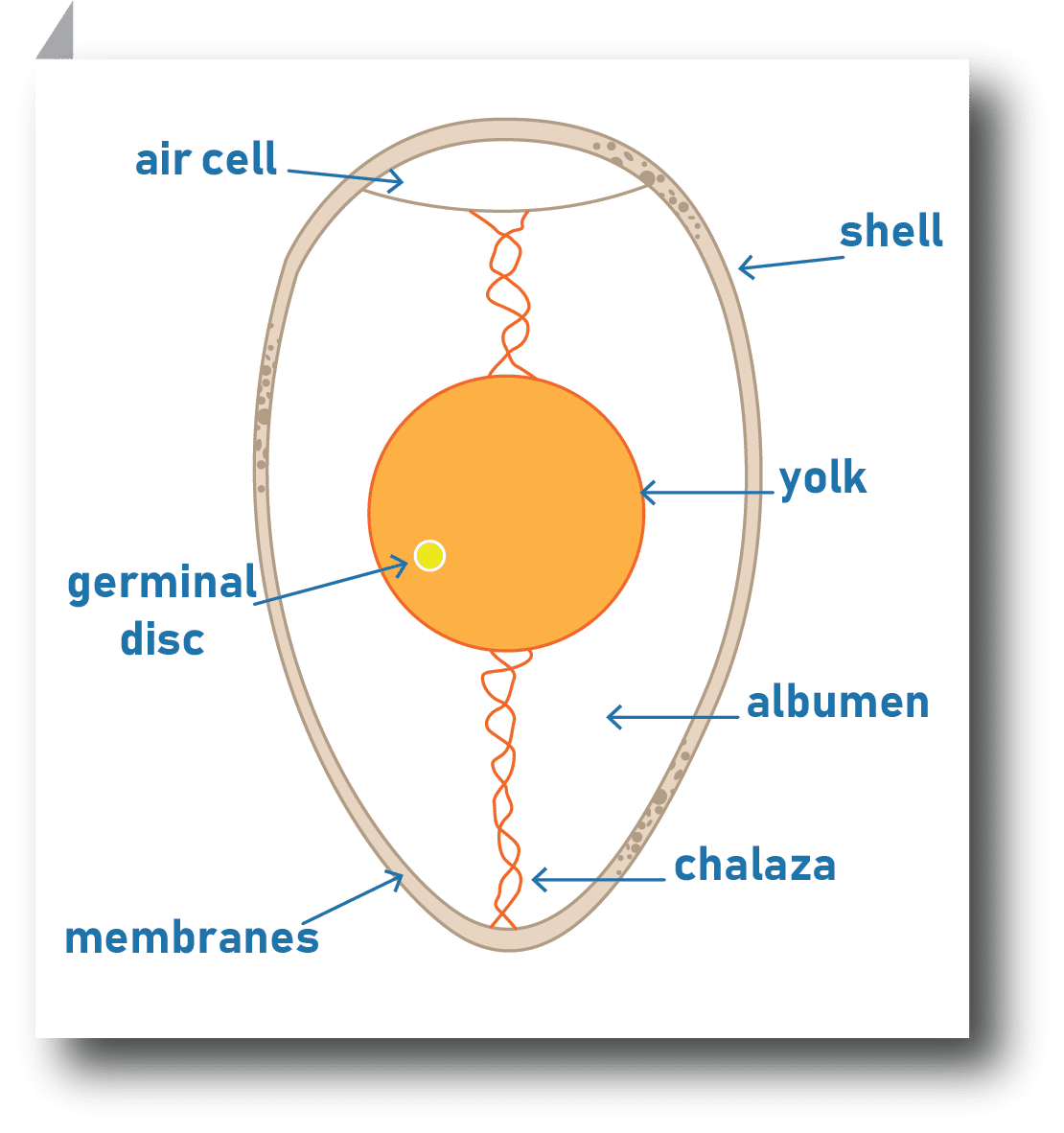The Trophy Goes To
Minnesota raises more turkeys and grows more sugarbeets than any other state in the country.
That’s a big deal! Let’s take a closer look at these two important agricultural products.

Turkey are Tops!
Turkeys are BIG players in Minnesota agriculture. Minnesota farmers raise more turkeys than any other state! Turkeys have been around for a long time. They roamed the Americas 10 million years ago! These birds are sometimes viewed as not being very smart, but they really have all the right stuff. Many parts of a turkey’s body are adaptations that serve a purpose - or that served a purpose long ago.

The Sweet Sugarbeet!
Did you eat a bowl of cereal this morning or have a granola bar? There was probably sugar in those foods, and that sugar likely came from a sugarbeet grown in Minnesota. Minnesota farmers grow more sugarbeets than anywhere else in the entire United States! A sugar beet
plant begins as a seed smaller than a grain of rice. When fully grown, the sugarbeet weighs two to five pounds. Each plant produces one beet.
Match It Up
Look at the picture of the turkey and match it’s parts to the correct descriptions below:
Match It Up
Look at the picture of the sugar beet and match it’s parts to the correct descriptions below:
Egg- cellent!
What do animals need to survive?
Baby turkeys, called poults, and baby chicks both grow in eggs before hatching. Does a poult or chick need the same things to survive inside an egg as it does after hatching? Let’s find out!

1. When inside the egg, a chick/poult is called an embryo.
Embryo’s need food, water, air, and the right temperature to grow and hatch. Look at the parts of an egg to understand how this works:

- Shell: An egg shell has over 7,000 pores that let air pass in and out of the egg.
- Membrane: Between the shell and the egg white. It keeps bacteria out of the egg.
- Air cell: This holds oxygen for the chick or poult to breathe.
- Albumen: Cushions the egg yolk and gives water and protein for the baby chick or poult.
- Yolk: Provides food for the baby chick or poult.
- Chalazae: Cords on the side of the yolk that keep it centered.
- Germinal disc: White spot on the yolk that holds genetic materials.
2. Now that you know the parts of an egg, try and identify them.
Crack an egg into a container and use a toothpick to identify the different parts.
After learning and identifying the different parts of an egg, we now know that an embryo and a chick both need the same things to survive: the right temperature, food, water, and air!
Grocery store eggs are unfertilized. The eggs will not have chicks growing inside them.

